Amami and Okinawa food culture has changed to adapt to the community
There is a chain of several small islands in the Nansei Islands that stretches south from the Japanese Archipelago. These islands are thought to have been joined to the Eurasian Continent and Japanese Archipelago approximately 12 million years ago, and a wide variety of plants and animals that originated on the continent and evolved endemic to the islands still grow there.
These include several globally rare plants and animals that live on the area of Amami-Oshima Island, Tokunoshima Island, Northern part of Okinawa Island, and Iriomote Island.The area was registered as a World Natural Heritage Site in 2021 because the natural environment of those islands has continued to protect and sustain them.
These islands have uniquely developed under the historical and cultural influence of both the Eurasian Continent and Japan. This is especially true for Amami, which has flexibly adopted culture from Okinawa and the mainland, and for Okinawa, which has had flourishing exchange with countries in East Asia since ancient times and fluidly incorporated foreign cultures. This has resulted in numerous differences in culture and customs despite the geographic proximity, a fact that can easily be seen in the local dishes.
Although local dishes from Amami and Okinawa are made with the same ingredients, you’ll often see that they taste very different. For example, salted pork from Amami is preserved in salt and simmered, while rafute from Okinawa is a salty-sweet pork simmered in sugar and the distilled liquor called awamori. Another example is abura somen from Amami that lightly simmers somen noodles in broth, while somen chanpuru from Okinawa fries somen noodles with vegetables.
Another difference is found in local dishes made with chicken that clearly show the history and lifestyle habits of each area.
Keihan: A local Amami chicken dish loved by generations
Keihan is a dish rooted in the history of Amami Oshima. The local dish necessarily speaks of the area’s food culture. White rice is topped with shredded chicken and other ingredients such as thin strips of omelet, pickled papaya, and the finely chopped peel of tankan, a citrus fruit that is also a product from Amami. It’s served with hot chicken broth poured over these ingredients.
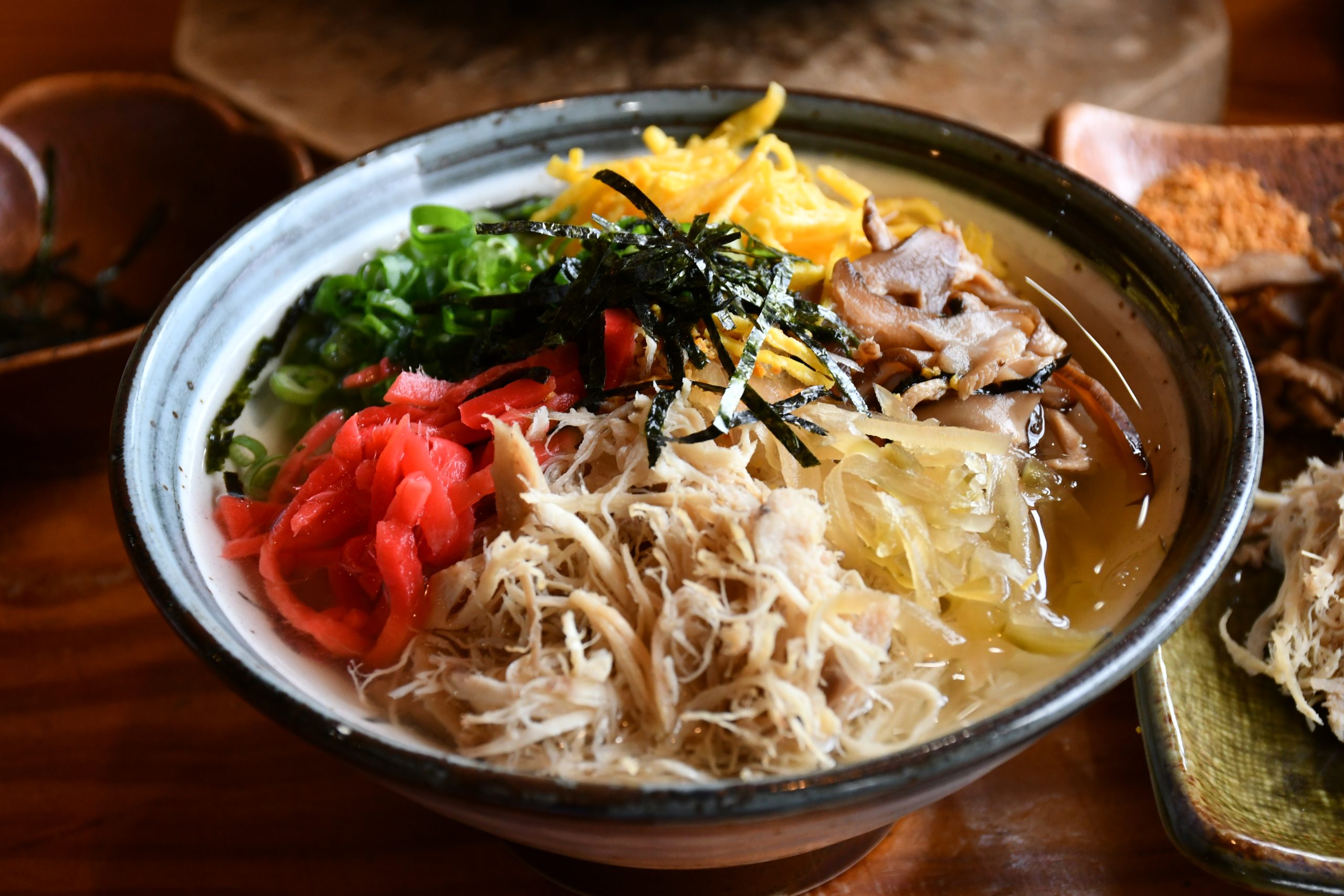
The origins of keihan go back to the Edo period (1603-1868) when Amami Oshima was under the control of the Satsuma Domain (present-day Kagoshima Prefecture). Evidently, keihan was created as a dish for welcoming officials from the Satsuma Domain who visited the island. Chickens were prized livestock that laid eggs on this remote island with few resources, and keihan, which uses that valuable chicken in its entirety, was a special dish for important guests.
Initially, keihan referred to rice and ingredients that were cooked together. The way it’s eaten today came about between 1941 and the years after WWII. It seems it was also around this time that the dish began being eaten in ordinary homes.
Yuichiro Hisakura is the owner of the keihan restaurant, Keihan Hisakura. He told us about keihan as a home-cooked dish.
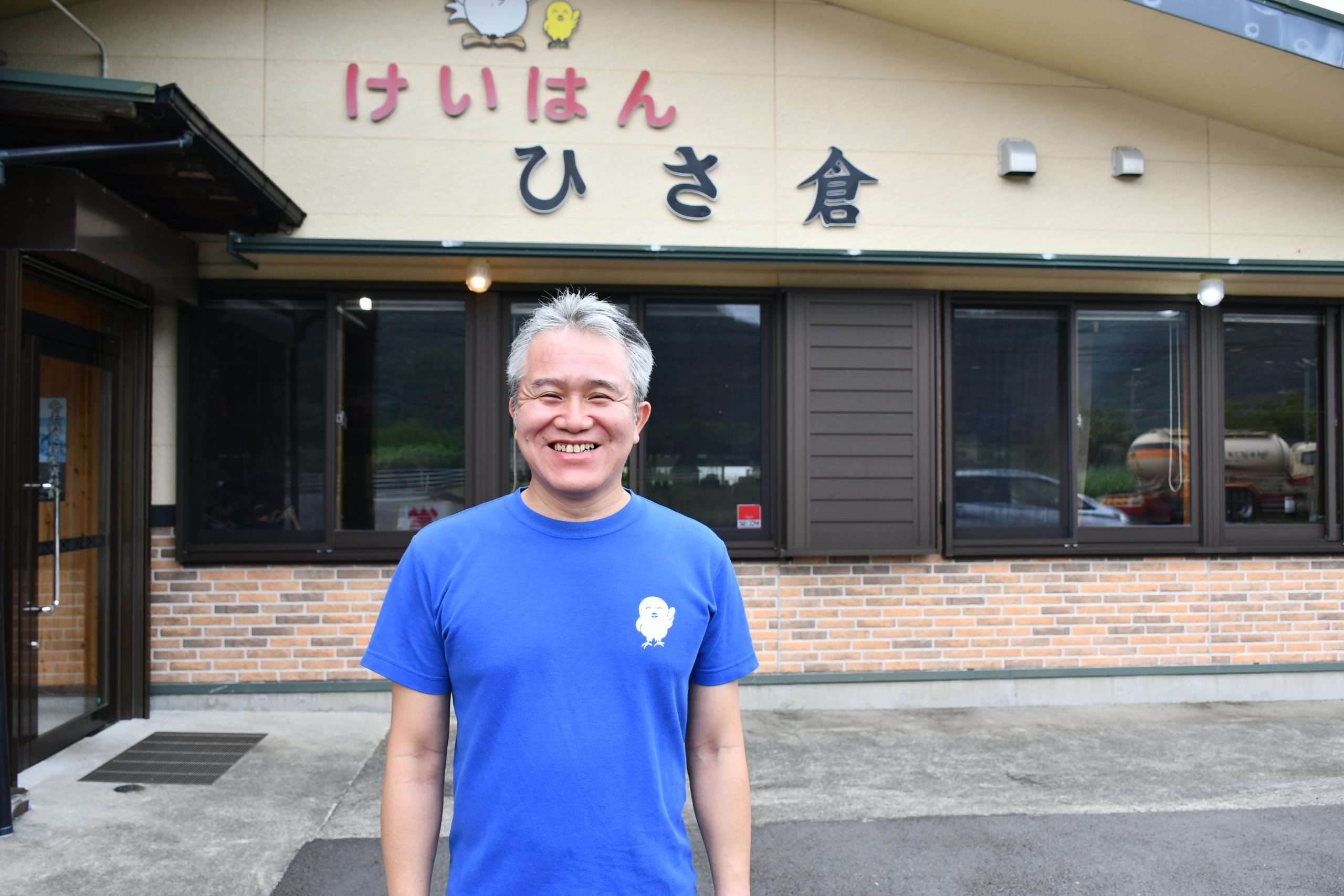
Hisakura: Keihan is also called a dish for the feudal lord because in the past it was prepared for government officials, but today it’s known as something you cook at home in Amami. Eating papaya at home is expensive, so instead it’s topped with other things like pickles made from other vegetables. Each family uses different ingredients and has their own way of seasoning the soup.
The keihan soup served at Keihan Hisakura is based on the way Mr. Hisakura’s mother prepared it with just chicken broth with concentrated chicken flavor, salt, and soy sauce. Though very simple, it’s light yet flavorful and is eaten up in no time.
Hisakura: The key to the flavor is, of course, the soup. The trick is to simmer dozens of chickens all at once to make a large amount of soup. Then, over several hours I skim off excess impurities to make a clear, pure soup.
Keihan Hisakura was opened in 1993 by the owner’s father (originally a craftsman of Oshima Tsumugi, a luxury silk fabric that originated in Amami Oshima). Confident they could make delicious keihan from chickens they raised themselves, the restaurant began with the family raising chickens on their own poultry farm.
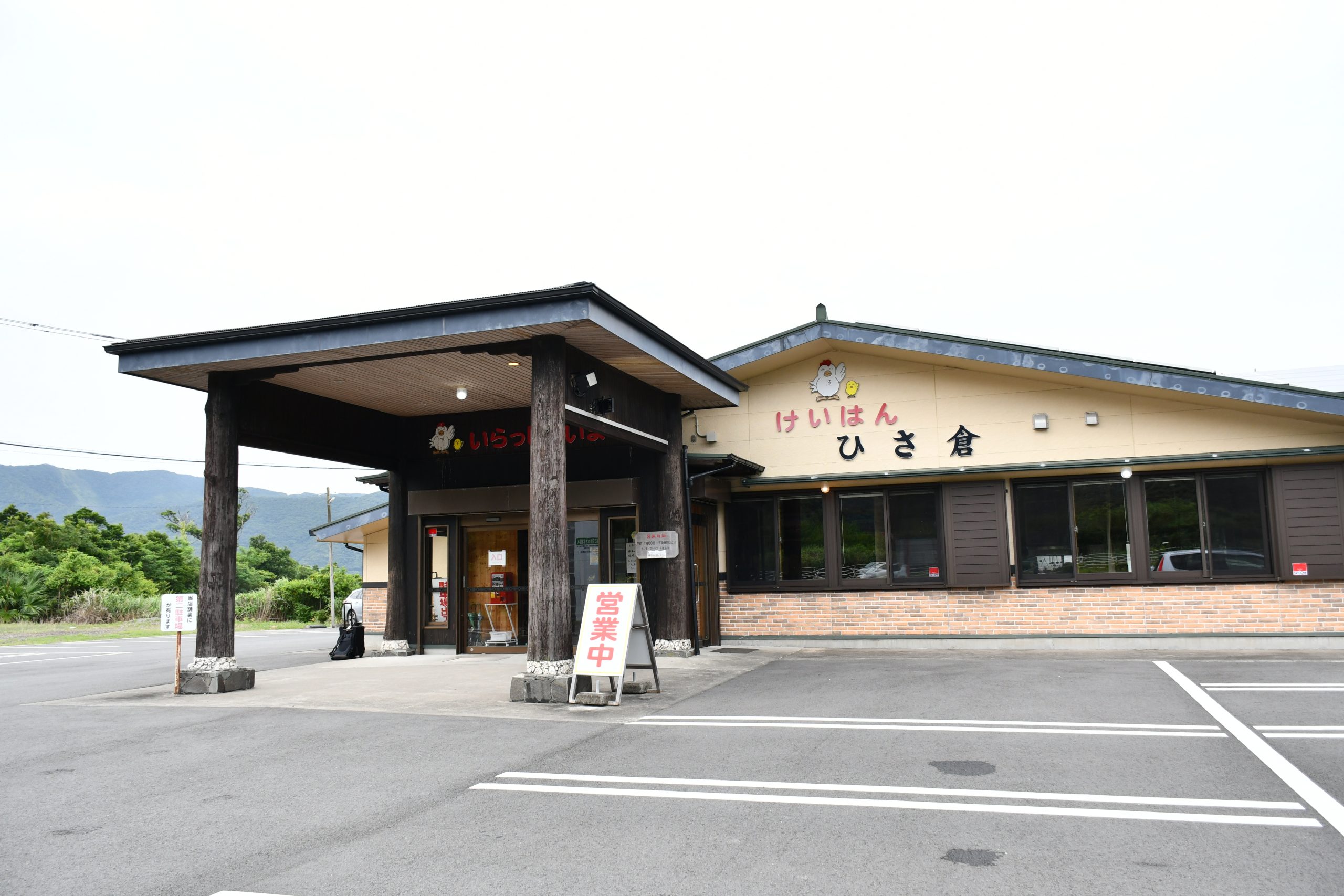
The exterior of Keihan Hisakura
Hisakura: Many restaurants serve keihan, but we’re the only ones who raise our own chickens. We farm free range to reduce the chickens’ stress and give them plenty of exercise to produce healthy, great-tasting meat. We also dress the chickens ourselves and take care to trim them so they produce a lot of broth.
Mr. Hisakura raises more than chickens. He also grows the papaya and tankan that’s placed atop the rice in his own fields.
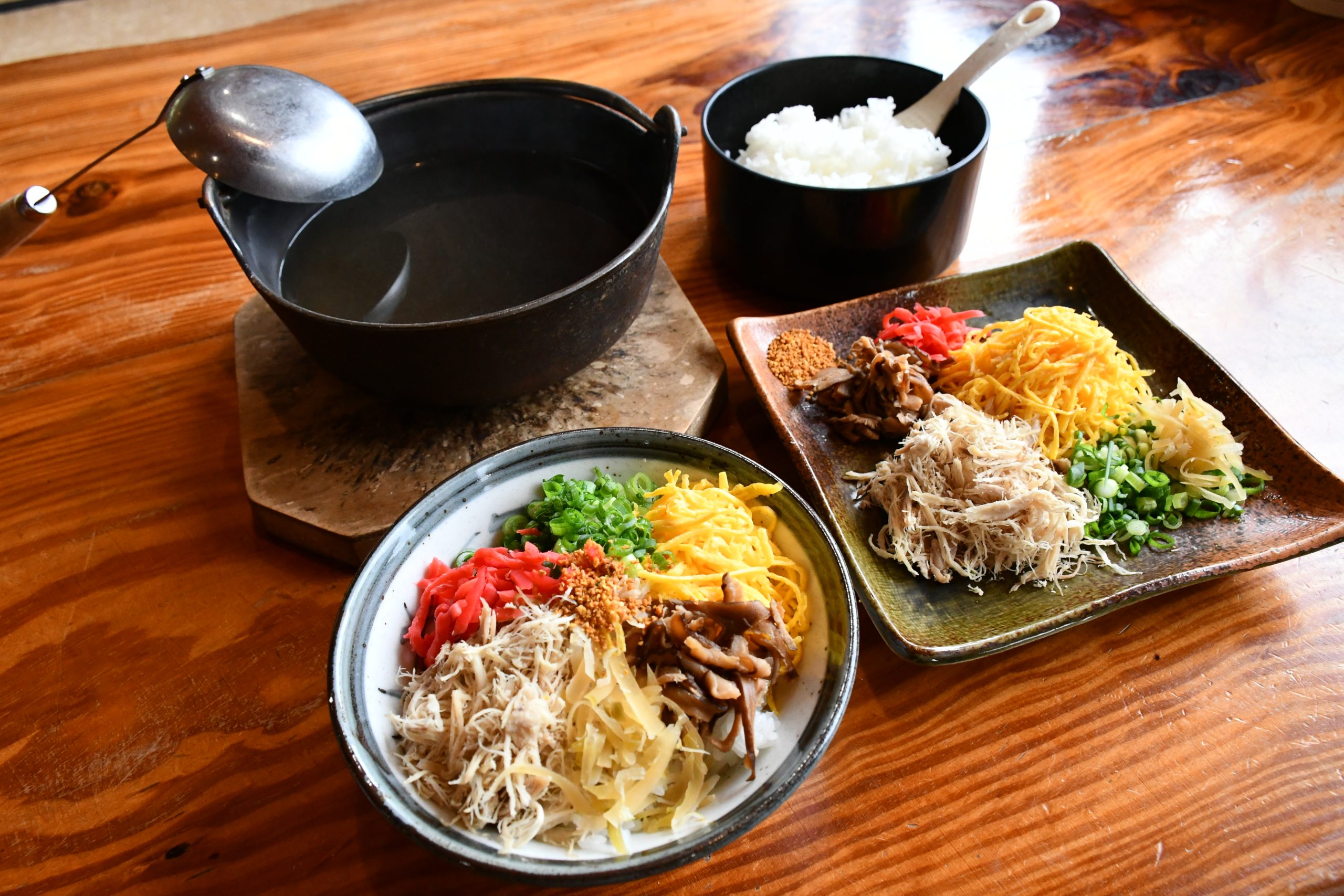
Keihan from Keihan Hisakura. Customers are free to top their dish with the ingredients themselves.
Hisakura: Amami is warm all year long, so it’s good for growing papaya. We harvest them when they’re still green and pickle them in miso and soy sauce to preserve them.
Amami also has some of the highest rainfall in Japan. There are especially many typhoons in August. However, tankan is harvested in February, so in August the fruit is still small and there’s little worry that the rain and wind will knock them off the trees. That’s why it’s commonly been grown in Amami since long ago.
A bowl of keihan is filled with the history and natural environment of Amami, as well as the wisdom of the islanders’ way of life. A lot of time and effort goes into preparing keihan, a dish that still overflows with hospitality today.
Yanbaru haikei dishes turn spent hens into delicious meals
The northern part of Okinawa Prefecture has been informally named “Yanbaru” since long ago. The forest in this area has diverse plant life and is called Yanbaru Forest. It’s home to rare animals including endangered species of birds such as the Okinawa Rail and Okinawa Woodpecker. In addition, the locals have a history of living harmoniously with nature through actions such as burning coal on the mountains and cultivating Ryukyu indigo, which is used as a dye.
Part of the traditional food culture in that area of Yanbaru is haikei, which refers to hens that are past their peak egg-laying cycle. Generally, these spent hens that no longer lay eggs make tough meat and are seen as having little value as food. However, in the Yanbaru area there has long been a custom of eating haikei in ordinary homes.
Mr. Yamaya runs Toriya Twie, a haikei restaurant in the village of Kunigami. He talked about the food culture that uses spent hens.
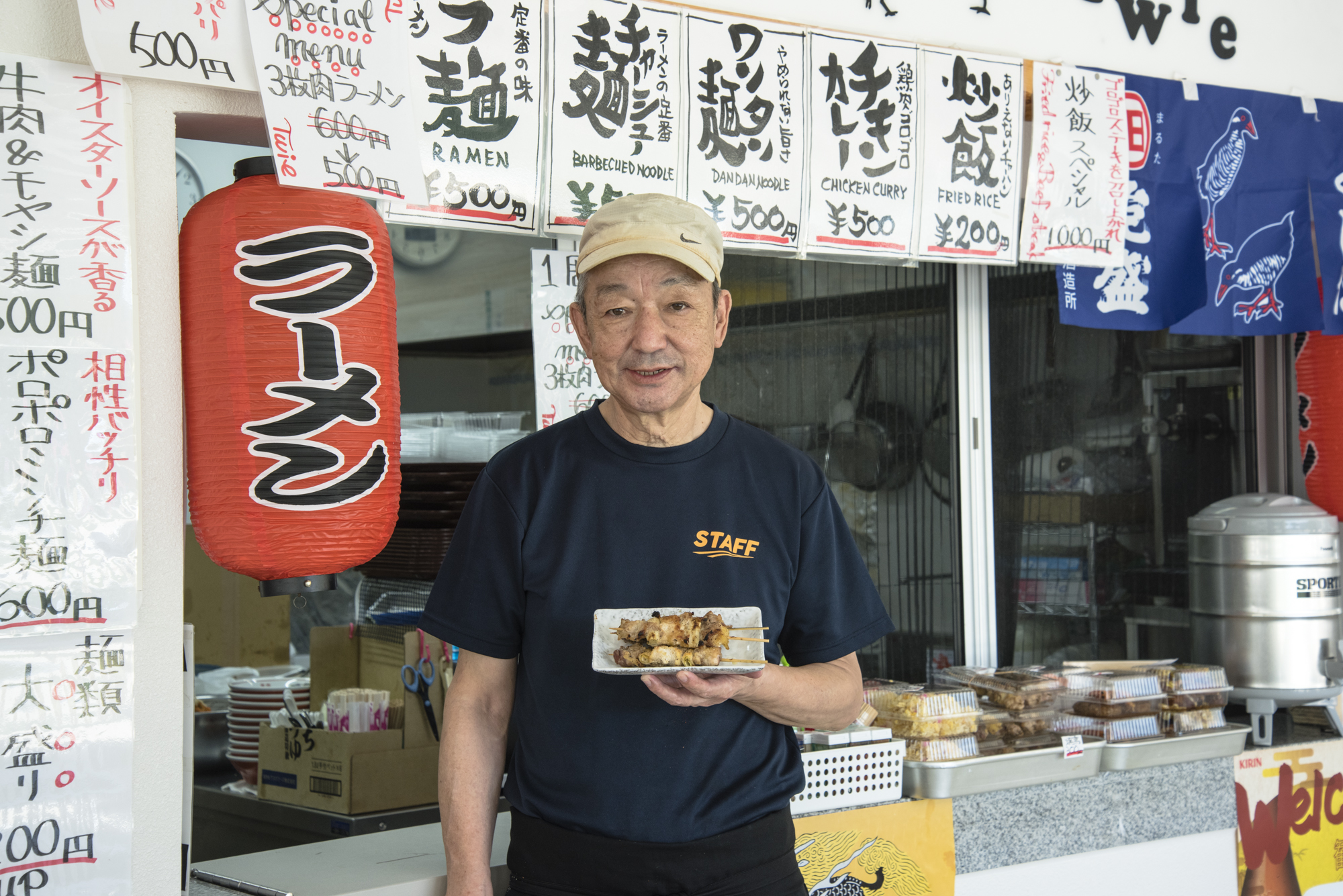
Yamaya: In Yanbaru, haikei is the go-to choice for barbecues. Many years ago there were very few restaurants and pubs in the village, so when the workday was over everyone would gather at someone’s house and enjoy barbecuing in their yard. Haikei is cheaper than regular chicken, so it was probably the easiest to buy. Even now when we see smoke coming from someone’s yard, we wonder if they’re grilling haikei. That’s how common a sight it is.
He notes that when the locals barbecue haikei over coals, they season it simply with salt and pepper, and enjoy it with beer and awamori. Haikei is said to be tough and hard to eat, but according to Mr. Yamaya it can be delicious, depending on how it’s prepared and cooked.
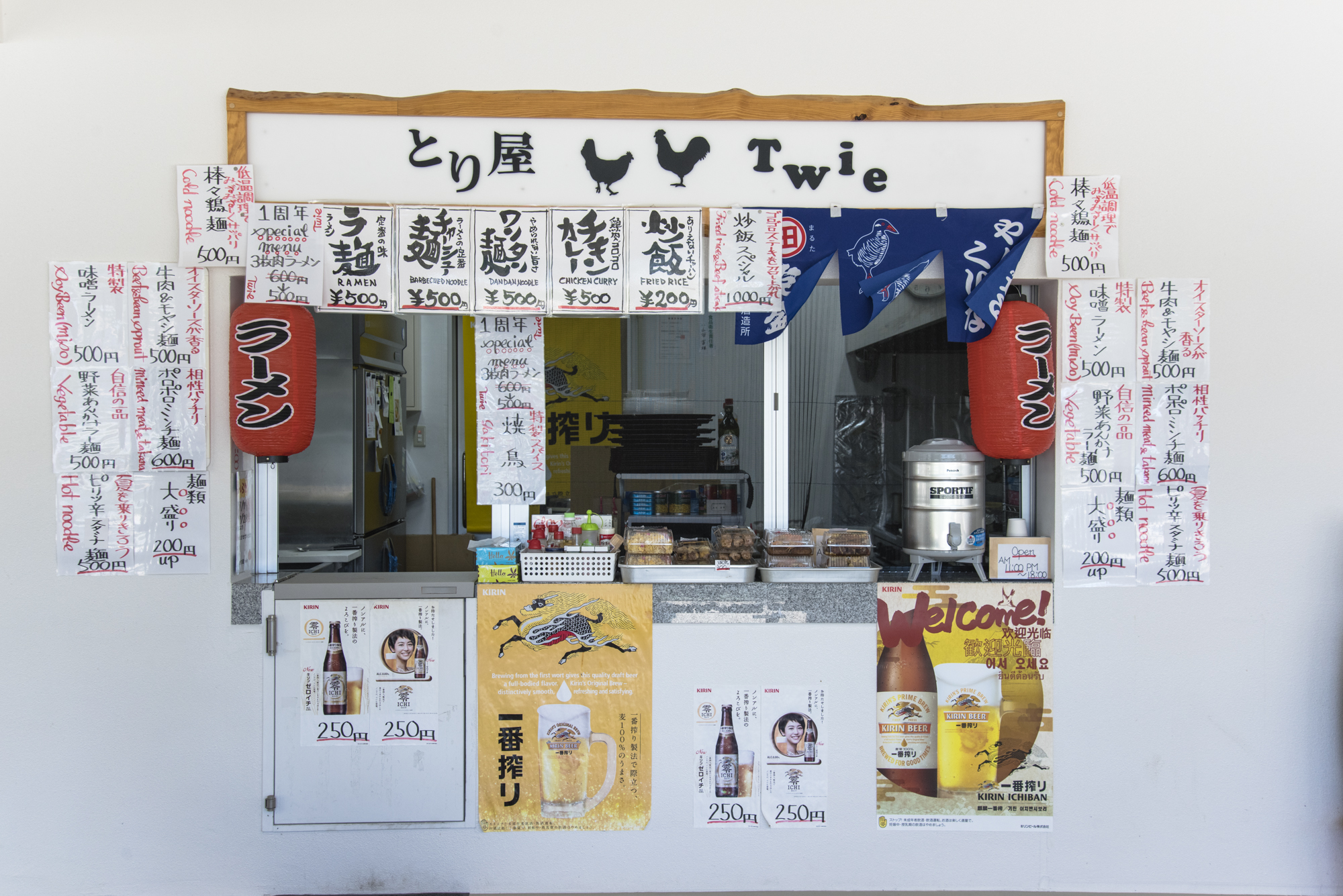
The front of Toriya Twie
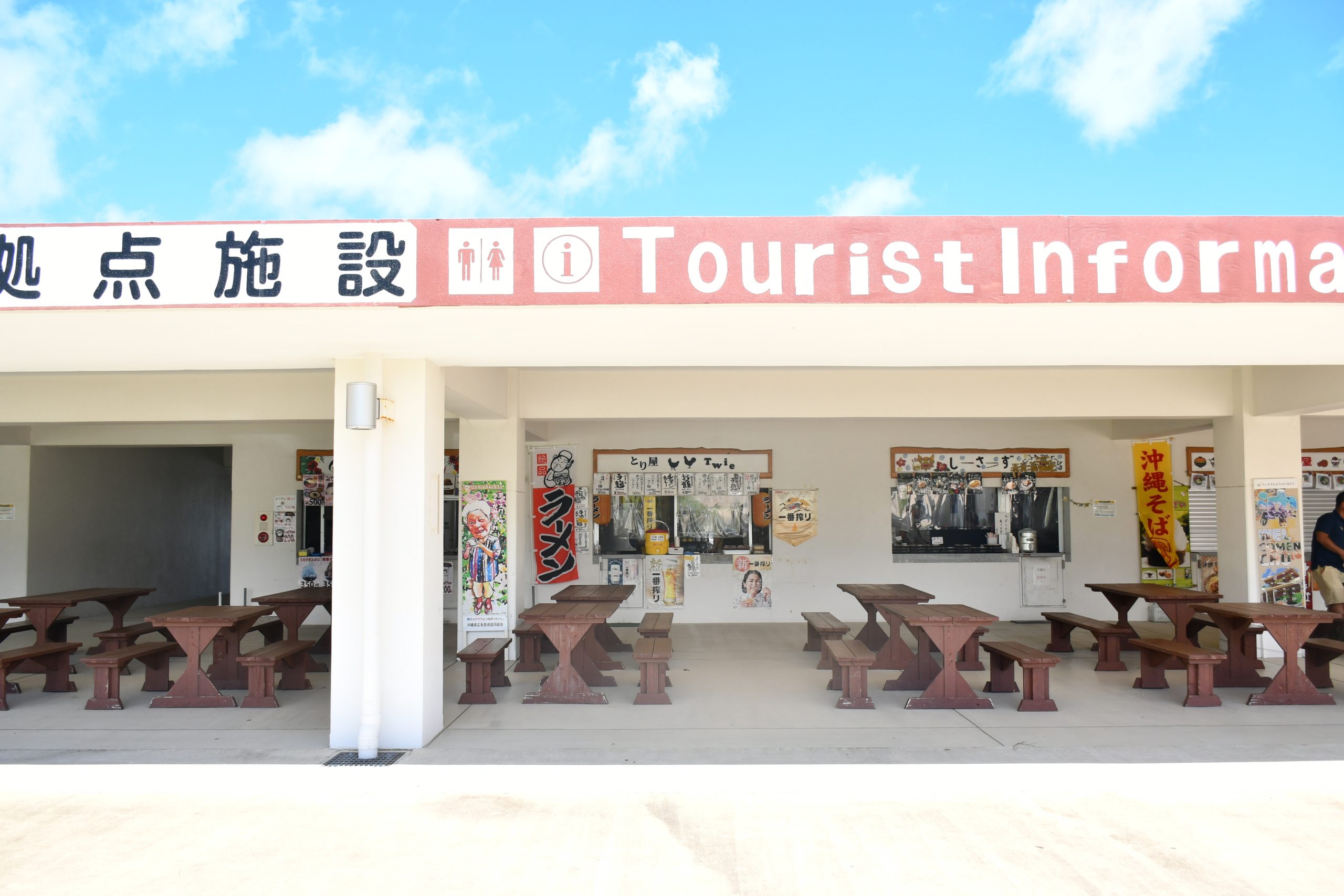
Yamaya: It’s true that haikei is firmer than chicken raised for meat, but it’s not that it doesn’t taste good. The more you chew grilled haikei, the more the flavor of the meat is released. It’s comparable to the robust flavor of Jidori chicken, which is a firm meat and considered an expensive food.
Actually, Mr. Yamaya is from Akita Prefecture in northern Japan. When he first ate haikei in the Yanbaru area, he says he was reminded of Hinai chicken that is raised in his home prefecture.
Yamaya: I moved to Kunigami, my wife’s hometown, about 15 years ago. Until then I’d worked as a chef at restaurants in Tokyo and Akita, but I encountered haikei and decided to open a ramen shop because I was convinced I could make delicious chicken broth from haikei stock.
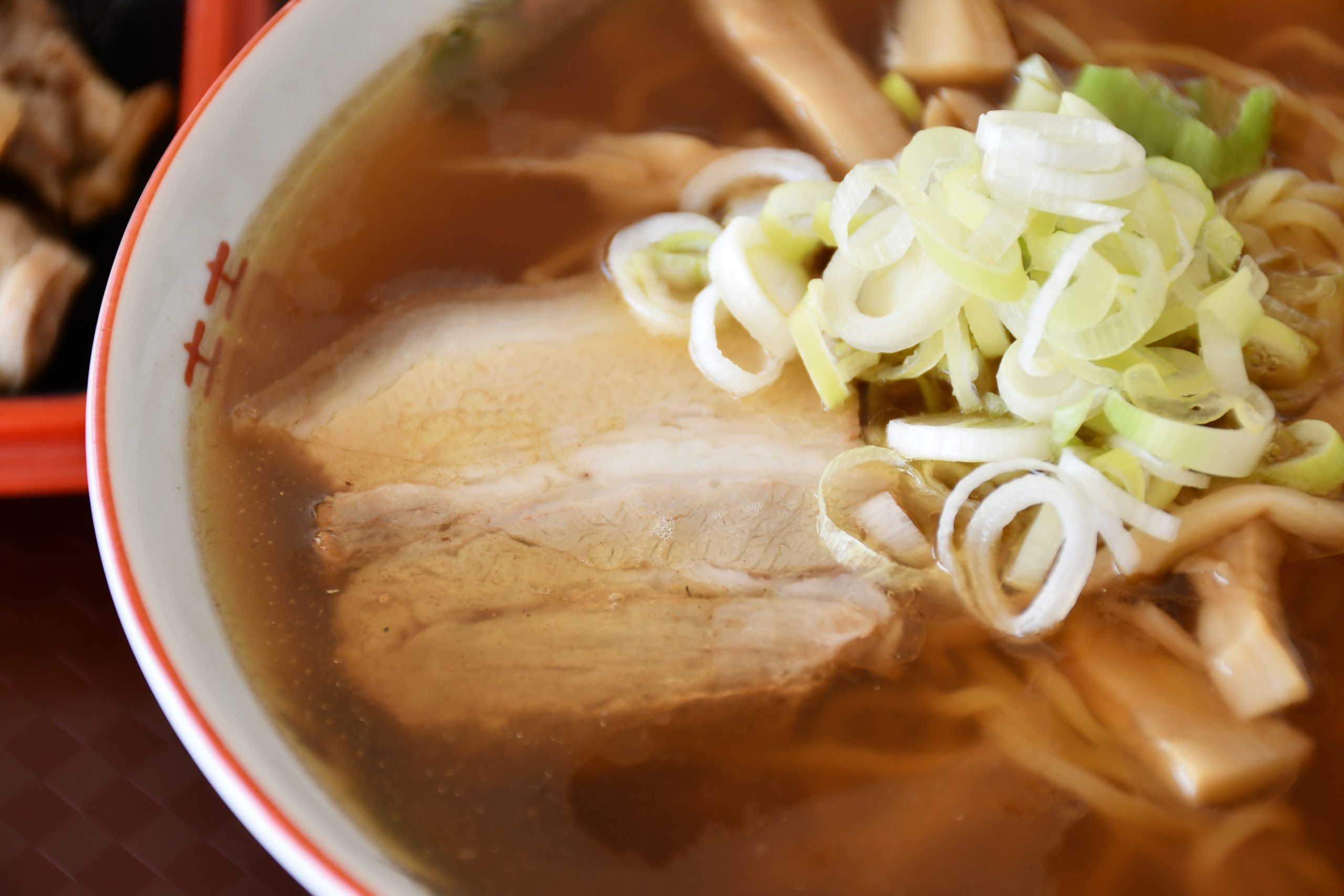
Mr. Yamaya has always loved ramen. Every day he spends a couple of hours making a chicken broth and soy sauce-based ramen soup. Since haikei doesn’t easily dry out even when heated for many hours, he says he gradually started making other dishes besides ramen, such as long-simmered chicken curry and garlic chicken.
Yamaya: There’s an American army training ground and resort in Kunigami Village. The soldiers and their families come to eat haikei dishes while they’re stationed here. Maybe it’s because more people know about haikei, but lately there are also more people eating haikei in places outside of Yanbaru.
He notes that many people are now moving to Yanbaru from the mainland after falling in love with its beautiful nature and tranquil lifestyle. Given that new people are coming across haikei, it just may evolve into an even more appealing local dish.
Today, when food loss is becoming a global issue, we can learn about the richness of living side by side with nature from the mindset of the Yanbaru locals who use every bit of the food resources available.
| Keihan Hisakura | Address:511 Yanyu, Tatsugo-cho, Oshima-gun, Kagoshima PrefectureHours:11:00-20:30Closed:No regular closing daysURL:http://www4.synapse.ne.jp/hisakura/ |
|---|---|
| Toriya Twie | Address:1605 Okuma, Kunigami-son, Kunigami-gun, Okinawa Prefecture (inside Roadside Station Yuiyui Kunigami)Hours:11:00-16:00 (closes once sold out)Closed:FridaysURL:https://www.yuiyui-k.jp/gourmet/%e3%81%a8%e3%82%8a%e5%b1%8b-twie-%ef%bc%88%e3%81%a8%e3%82%8a%e5%b1%8b-%e3%83%88%e3%82%a5%e3%82%a4%ef%bc%89/ |
